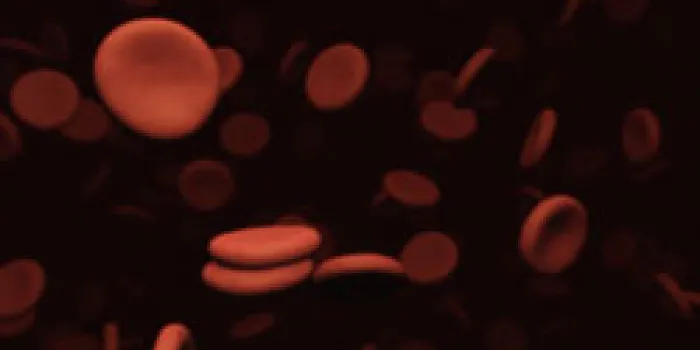The US Food and Drug Administration (FDA) issued a recommendation in July 2009 that makers of plasma-derived products, which include plasma-derived factor VIII and factor IX concentrates, begin screening for human parvovirus B19 by performing nucleic acid testing (NAT).
The FDA guidance recommends that NAT be done on source plasma and recovered plasma during the process of manufacturing plasma-derived products. NAT is already used routinely for detecting other viruses, such as hepatitis C and HIV, in plasma pools.
In humans, parvovirus B19 is highly contagious, causing erythema infectiosum, or fifth disease, named for its historical classification as the fifth of six diseases causing rashes in children (along with measles, rubella and scarlet fever). While most frequently seen in children between the ages of 6 and 10, it can affect people of any age. Approximately 20% of people infected by the virus show no symptoms, and many will have nonspecific symptoms similar to the common cold. Some people develop classic fifth disease with mild fever and fatigue, followed by a red rash on the face. The “slapped-cheek” appearance, which is the disease’s well-known calling card, typically spreads to the rest of the body, sometimes in a lacy pattern, lasting for several weeks.
Some patients, more commonly adolescents and adults, may suffer temporary swelling of the joints. But people whose immune systems are compromised by HIV, leukemia or other cancers or who have had an organ transplant can develop chronic anemia after exposure to parvovirus B19. Also, expectant mothers contracting the virus carry a 2% risk of late-term miscarriage. Fifth disease is most dangerous to people with severe chronic anemia, which develops with sickle cell disease, because the virus temporarily interferes with red blood cell production. It carries no special risks to people with bleeding disorders.
Approximately 5% to 10% of children younger than 5 have antibodies to the parvovirus; by the age of 60 approximately 90% of adults have anti-parvovirus antibodies. In people with hemophilia and other bleeding disorders who have been exposed to blood and plasma products, more than 90% have tested positive for antibodies to parvovirus B19 because of their additional risk of exposure through blood and plasma products.
The presence of parvovirus B19 in plasma products is well described, but it is notoriously hard to eliminate because it is a small,“nonenveloped,” single-stranded DNA virus. Its size makes it difficult to remove by filtration methods. A non-enveloped virus does not have a viral envelope surrounding it, which makes it resistant to the heat treatment and detergents often used to eliminate viruses during processing of blood products.
According to the FDA, the recommended NAT will identify and help to prevent the use of plasma units containing high levels of parvovirus B19.

